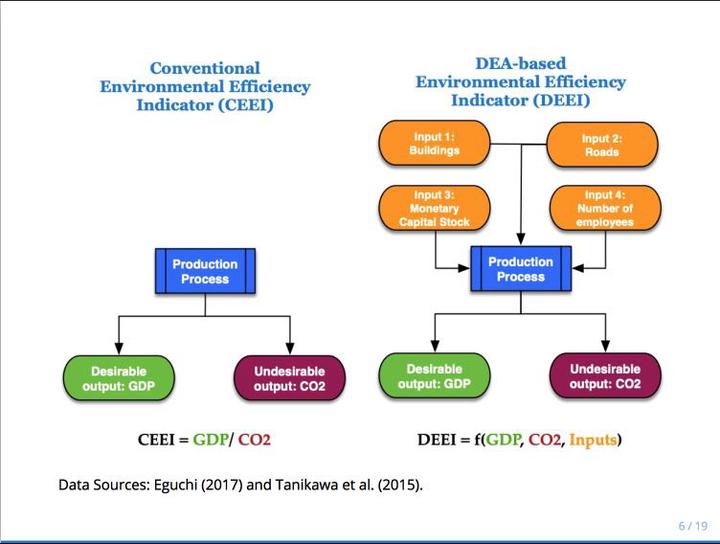Environmental Efficiency and Regional Convergence Clusters in Japan: A Nonparametric Density Approach

Abstract
This presentation is about environmental efficiency convergence across the prefectures of Japan over the 1992-2008 period. Using a novel nonparametric density estimation clustering framework, two alternative indicators of environmental efficiency are contrasted: a conventional indicator, based on the ratio of gross regional product to CO2 emissions, and a more comprehensive indicator, based on the data envelopment analysis (DEA) model. Results show, on the one hand, a lack of intra-distributional mobility and potentially a unique convergence cluster when using the more conventional indicator. On the other hand, large backward mobility and at least two convergence clusters are identified when using the DEA-based indicator of environmental efficiency. The paper concludes arguing the importance of accounting for production inputs, as they appear to be driving the formation of regional convergence clusters in Japan.